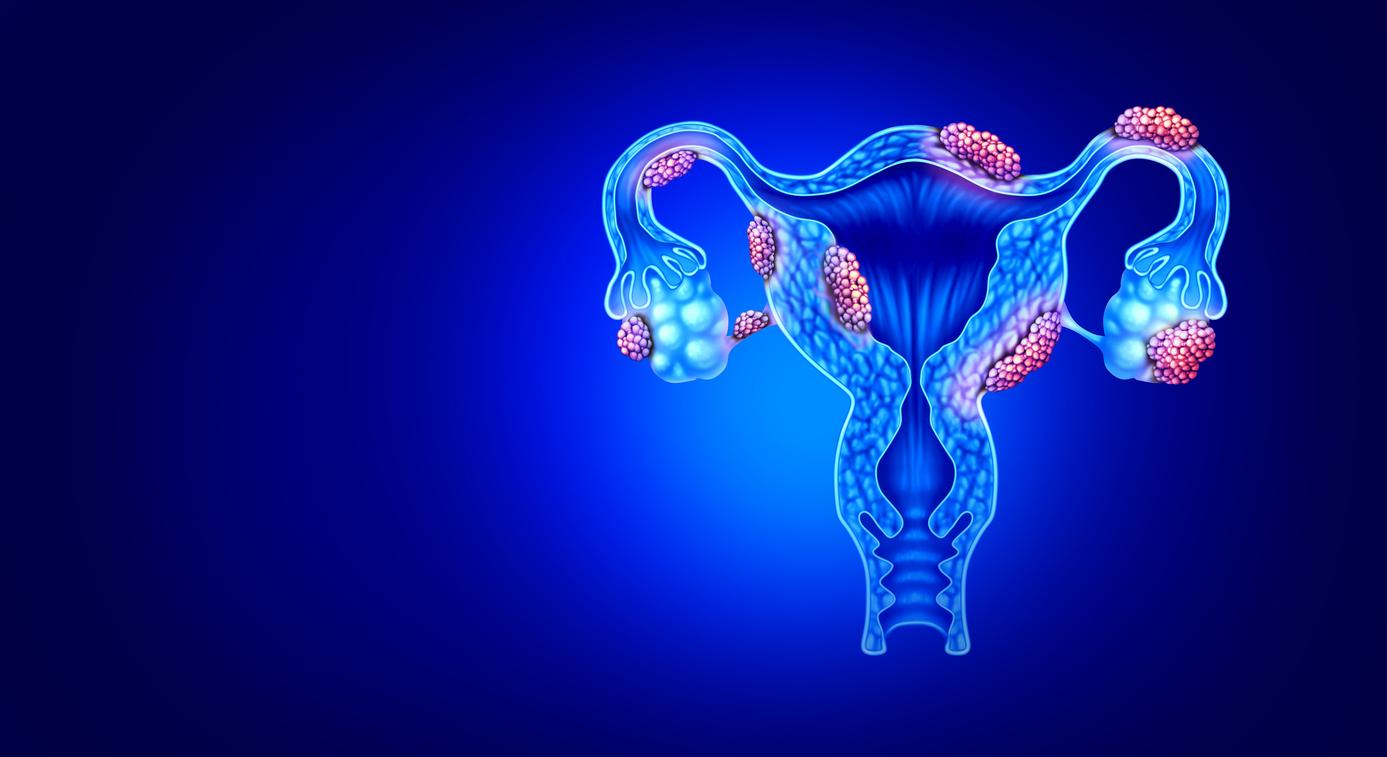A new therapy known as “Emotional Awareness and Expression Therapy” (EAET) has shown benefits for the treatment of pain in the neck. fibromyalgia, according to results of a study published in the medical journal Pain.
Fibromyalgia is a pathology that affects between 2 and 5% of the French population, the diagnosis of which is currently difficult to establish, its main symptoms also being present in other diseases. In fact, fibromyalgia is “a bilateral diffuse spontaneous musculoskeletal pain condition that has been evolving for more than 3 months associated with the presence of a minimum of 11 tendon-muscular points out of 18 listed”. Howard Schubiner, director of Mind-Body Medicine Program at Providence Hospital in Southfield (Michigan, United States), has implemented a new therapeutic technique called Emotional Awareness and Expression Therapy (EAET), which promotes speech about emotional experiences related to trauma, conflict or relationship problems.
Effective “emotional awareness and expression” therapy
Researchers at Wayne State University in the United States performed a clinical trial with 230 adult patients diagnosed with fibromyalgia. They were divided to be treated with 3 different therapies. The first group received the new therapy known as “Emotional Awareness and Expression Therapy” (EAET), the second, an educational intervention to manage its symptoms of the disease, and the third a cognitive behavioral therapy (CBT), the most common psychological approach in the management of fibromyalgia.
After 6 months of treatment, the researchers assessed the pain and how the patients felt. The results of the study reveal the effectiveness of the new therapy. Indeed, the treated patients showed a decrease in the pain, physical problems, attention and concentration. They also felt less anxious and depressiveand experienced more positive emotions.
35% of fibromyalgia patients in the EAET group reported in better shape than before treatment, compared with 15.4% in the “education” group. They were also more likely to report a reduction of 50% or more of these painful symptoms than in the CBT group.
“The treatment does not help all people with fibromyalgia, but many patients have found it very useful, and some have even experienced dramatic improvements in their daily life, and in their health,” concludes Prof. Lumley.
Read also:
Fibromyalgia alters blood flow in the brain
Fibromyalgia: what do you know about the disease?
Fibromyalgia: towards a better quality of life


















